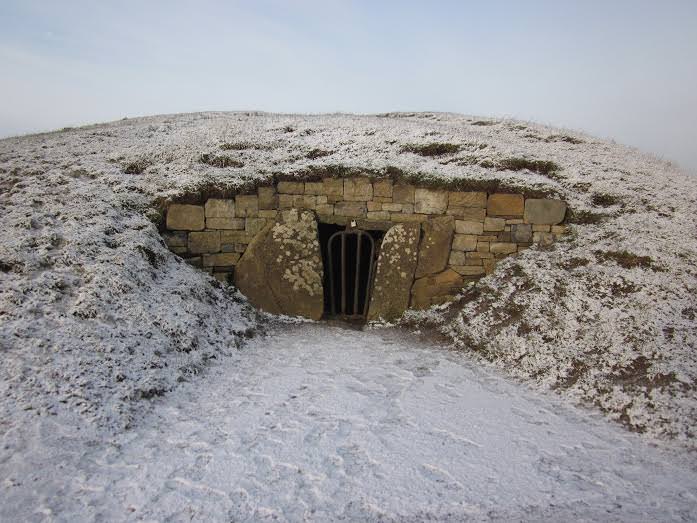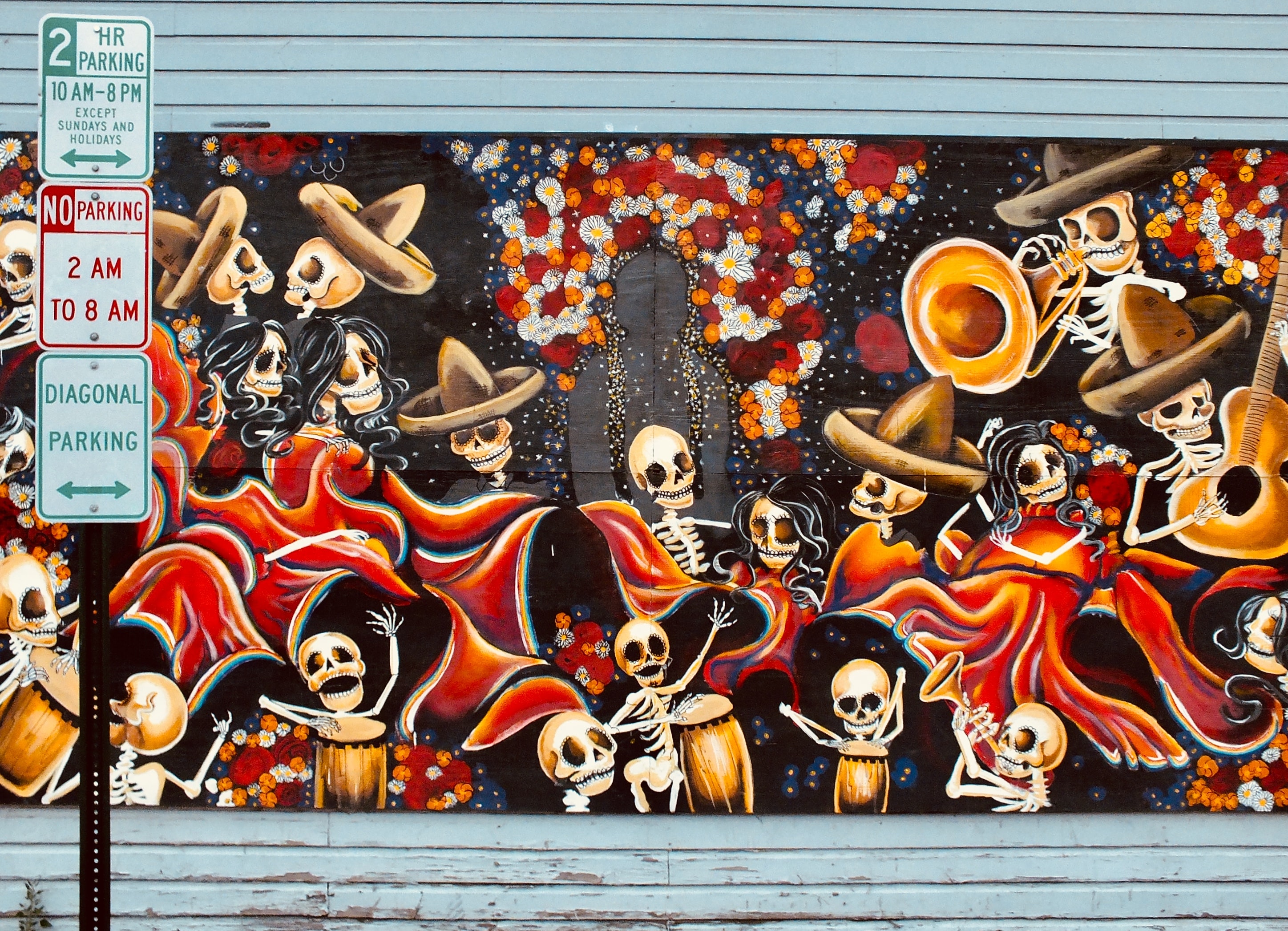Imbolc, Sun Ingress 15° 00’ Aquarius
Times for Sun at 15° Aquarius (seconds rounded up).
Thursday, February 3, 2022
UTC
20:51 (rounded from 20:50:39)
London, United Kingdom
GMT (UTC +0)
8:51 pm
Washington DC, DC, USA
EST (UTC -5)
3:51 pm
Chicago, IL, USA
CST (UTC -6)
2:51 pm
Santa Fe, NM, USA
MST (UTC -7)
1:51 pm
Seattle, WA, USA
PST (UTC -8)
12:51 pm
Honolulu, HI, USA
HST (UTC -10)
10:51 am
A long, long time ago, people noted the year's seasons, recognizing changing life processes on earth. The date of Imbolc is thought to have been significant in Ireland since the Neolithic period. This is based on the alignment of some Megalithic monuments. At the Mound of the Hostages on the Hill of Tara, the inner chamber is aligned with the rising Sun on the dates of Imbolc and Samhain. [caeraustralis.com.au/southernfire.htm]

Mound of the Hostages on the Hill of Tara
via worldhistory.org /image/4028/mound-of-the-hostages-hill-of-tara/
Peoples' very survival was reflected in changes of growing and living things. Certain plants became available, animals migrated or had calving times, different foods and activities entered life. People learned and oriented their behavior to integrate their lives to the rhythms of the seasons of the year.
While being attuned to seasonal change is not as much a life and death matter as it might have been thousands of years ago, the processes that mark the seasons are still with us. Some celebrations and holidays are with us as well. The seasons depend on the earth's orientation to the Sun that gives solstices (Winter and Summer) and equinoxes (Spring and Autumn). There are holidays and holy days around these eight earth-sun determined times. Four fire festivals and rituals are marked midway between solstices and equinoxes. Recognize these times as a reflection of thousands of years of human history, where people celebrated the changes and the seasonal changes for survival.
Celtic year wheel via glastonburydragons
Midway between Winter Solstice and Spring Equinox is a holiday with the Celtic name Imbolc. It is one of the four fire festivals with the general outline of having a bonfire on a high place on the preceding night of the day and a night-long celebration to recognize the importance of the season's change (that might have been house parties in wintry times).
Winter is winding down as the Sun's path reaches the midway point between the solar points of Winter and Spring. In snowy regions, the earliest spring blooms push through the snow. The feminine nature and goddess sense of the time is dominant. The ruminants calving and loaded with milk is reflected in the Celtic term, Oimelc, in which etymology is Oi for ewe and melc for milk. Imbolc was the standard form of the name, derived from imb + folc "wash all-around" - making Imbolc a festival of purification, such as we see in many other cultures in the spring. It is the feast day honoring the goddess of pre-Christian Ireland, Brigit, Brigid, or Bríg (there are several variants), where brigit is the Irish word for goddess. In later times the fire feast was transformed by Christianity into Féil Brighde Saint Brigit, the Feast of St Brigit (452-525 AD). She was a nun at Kildare in the year 467 (her birth is said to have been some twenty years after the death of Patrick). The Church neatly scheduled a holy day to honor Saint Brigit, similarly to adopting Christmas for Saturnalia. The popular day, also celebrated as Candlemas, Ground Hog Day, and the Feast of the Purification, became the Feast of St. Brigit in what remains of the Celtic world. st-brigits-well-kildare
"To taste of every food in order,
This is proper at Imbulc,
Washing of hand and foot and head;
It is to you thus I relate"
- 16th century - based on Kuno Meyer's translation in Studies in Early Celtic Nature Poetry (p.169).







